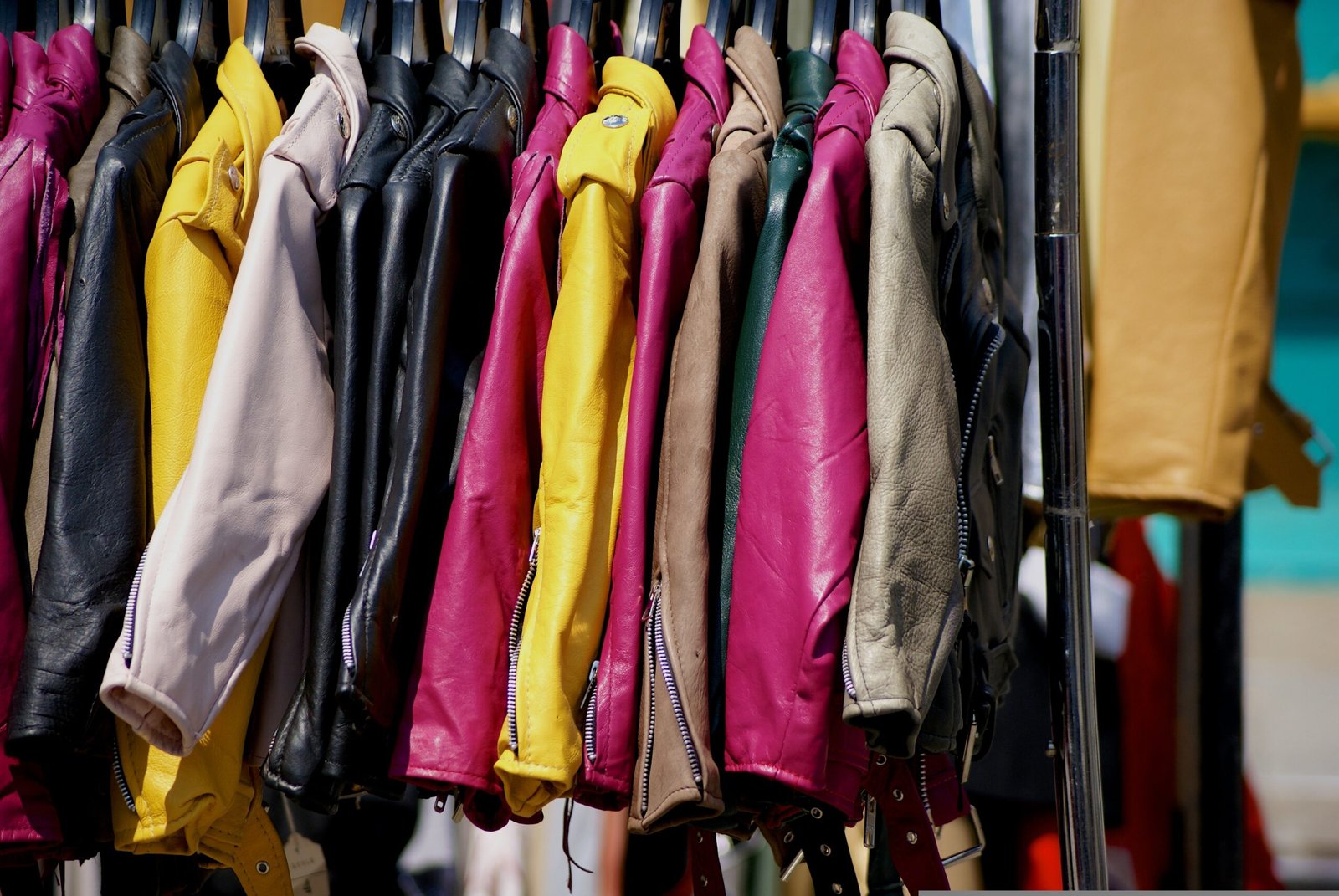The debate surrounding the cost of clothing for men versus women has sparked considerable discussion in recent years. Many have questioned whether there is truth to the notion that men’s clothing comes with a higher price tag compared to women’s apparel. In this blog post, we aim to delve into this topic, examine the factors at play, and provide insights into the pricing dynamics of men’s and women’s clothing.
Pricing Discrepancies
- Perception vs. Reality: It’s not uncommon for individuals to perceive men’s clothing as more expensive due to the notion that men’s fashion is simpler and may therefore command higher prices for basic items.
- Design Complexity: Contrary to this perception, women’s fashion often involves a greater degree of design complexity, with a wider variety of styles, fabric patterns, and embellishments, which could potentially lead to higher production costs.
Industry Influences
- Market Demand: The fashion industry’s responsiveness to market demand can influence pricing. Women’s clothing may benefit from a larger consumer base, leading to economies of scale that could mitigate pricing differentials.
- Branding and Marketing: Brand positioning and marketing strategies can also impact pricing. Luxury and designer brands may have distinct pricing structures based on perceived brand value and target demographics.
Quality and Materials
- Fabric Quality: The quality of materials used in clothing can contribute significantly to pricing differentials. For instance, men’s garments often feature durable fabrics suitable for everyday wear, whereas women’s clothing may incorporate a wider range of materials, including delicate fabrics and intricate embellishments.
- Construction and Details: Women’s clothing frequently involves intricate details such as embroidery, beading, and tailored fits, which can contribute to higher production costs and subsequently affect pricing.
Economic Factors
- Price Discrimination: Some argue that there may be instances of price discrimination, where retailers adjust pricing based on perceived differences in price sensitivity between male and female consumers.
- Sales and Discounts: The prevalence of sales and discounts within the retail industry can also influence perceived pricing differences. While men’s clothing may appear to be priced higher initially, women’s fashion often experiences more frequent sales and promotions, potentially narrowing the gap.
Consumer Awareness
- Comparative Analysis: Consumers can benefit from conducting comparative analyses of clothing prices across different brands and retailers to gain a better understanding of pricing trends.
- Advocacy for Transparency: Advocating for pricing transparency within the fashion industry can encourage retailers to provide clear explanations for pricing discrepancies and promote fair pricing practices.
Conclusion
In conclusion, the perception that men’s clothing is universally more expensive than women’s clothing is not necessarily reflective of the complex pricing dynamics within the fashion industry. Factors such as design complexity, market demand, quality of materials, and economic influences all play a role in shaping the pricing landscape for men’s and women’s clothing. By critically examining these factors and fostering transparency in pricing practices, consumers can make informed decisions when purchasing apparel and challenge any misconceptions regarding gender-based pricing differentials in the fashion market.



